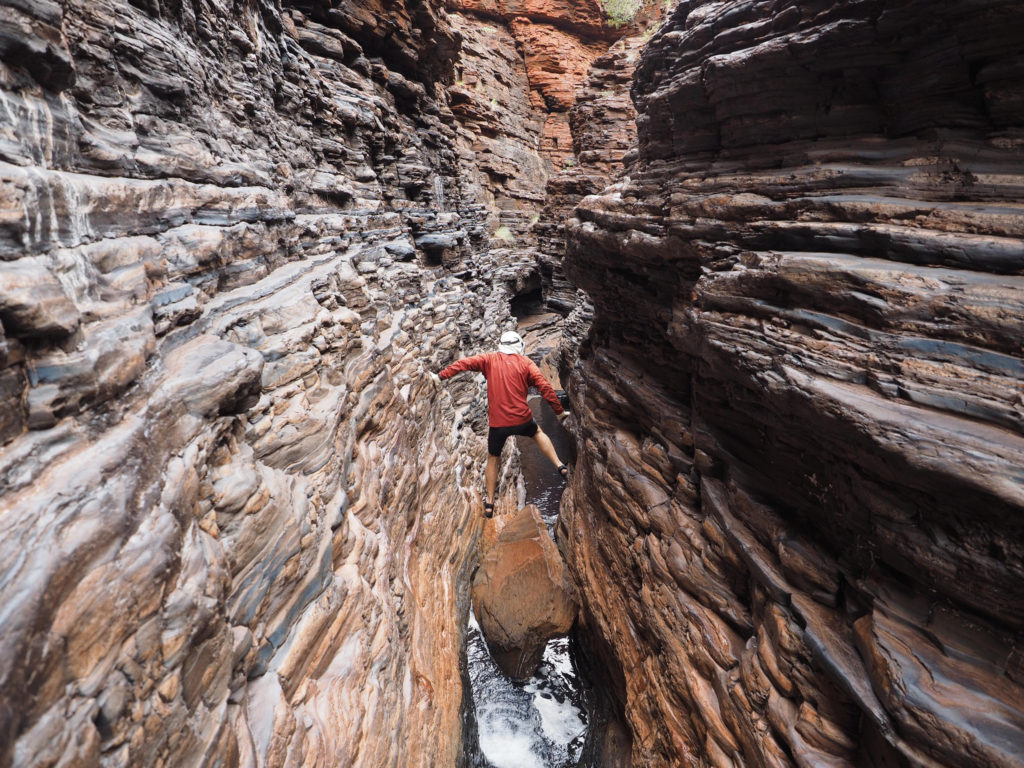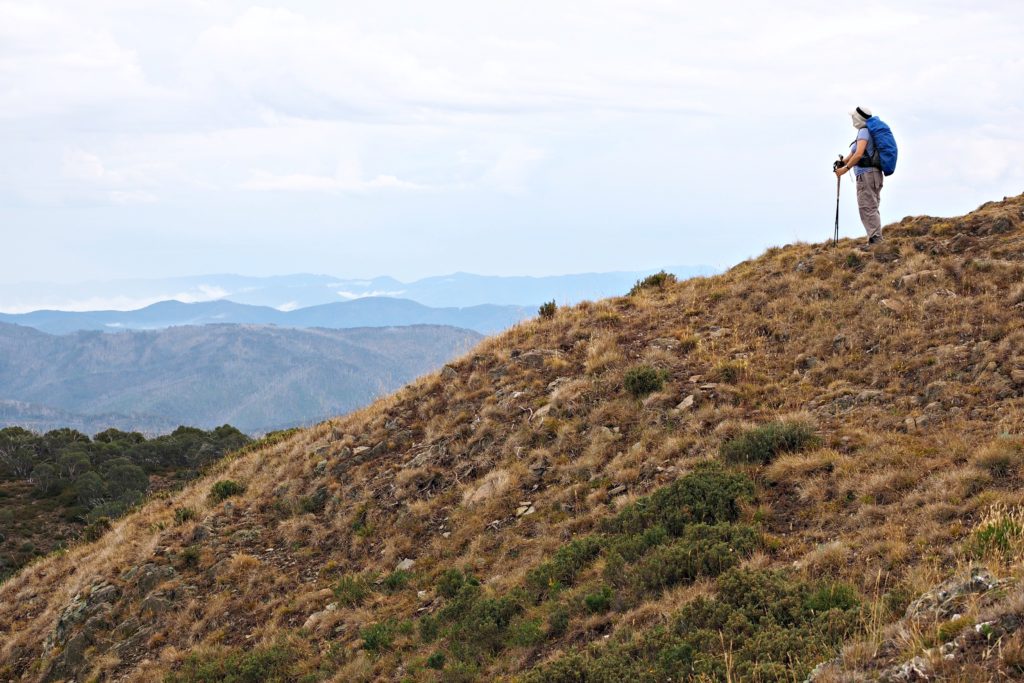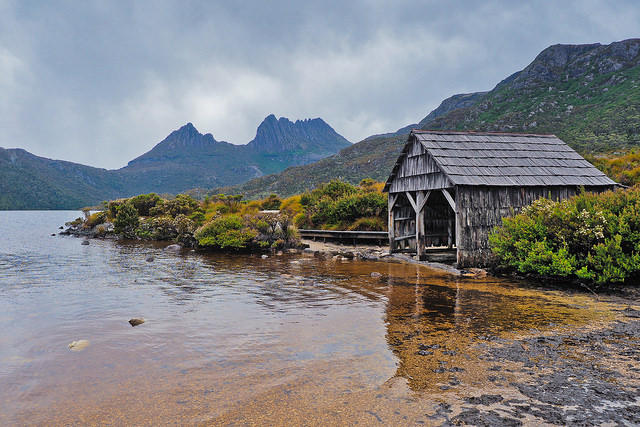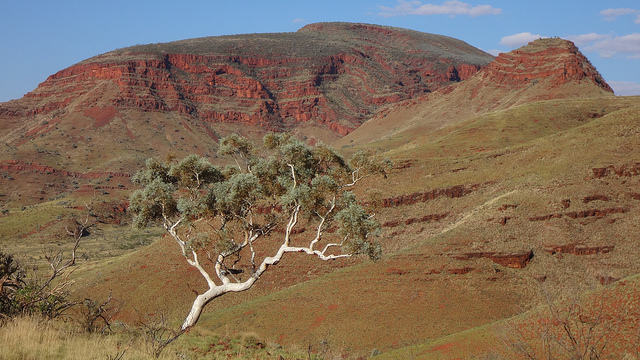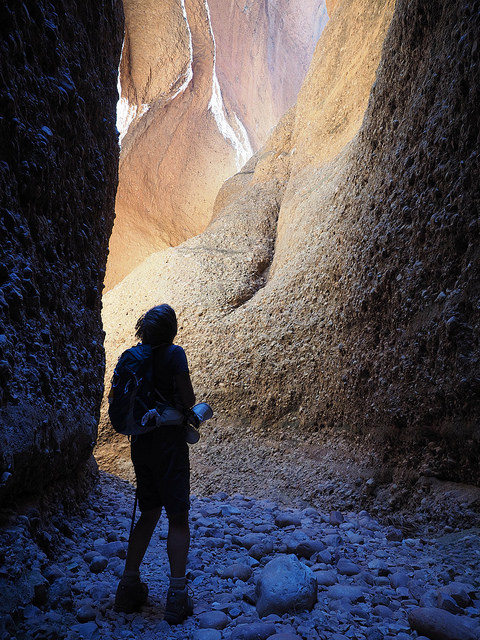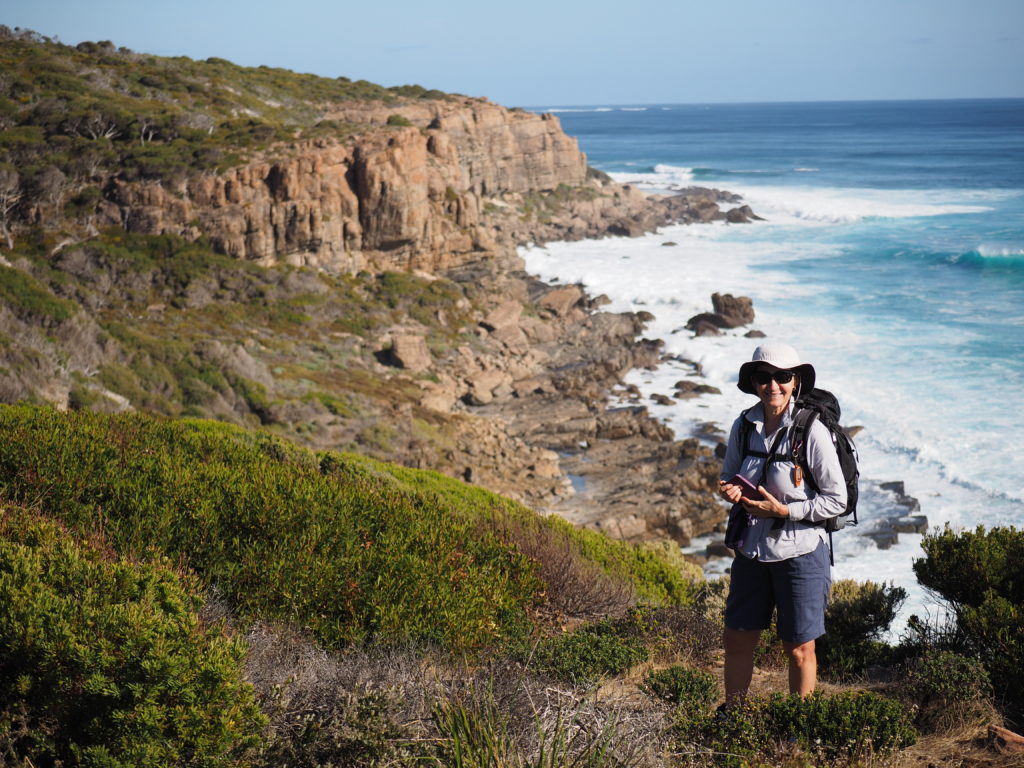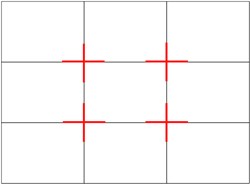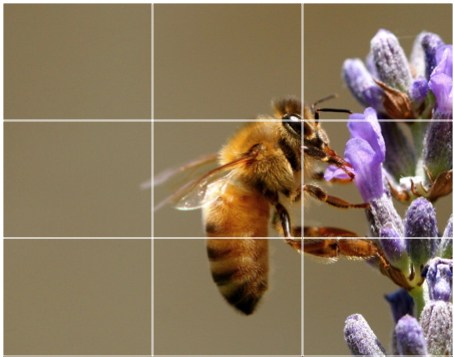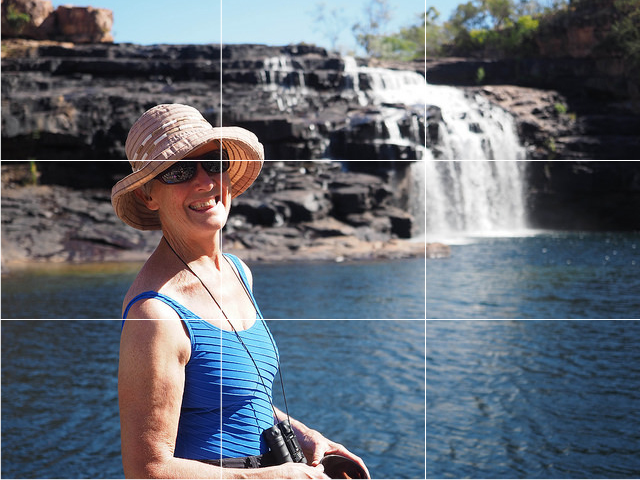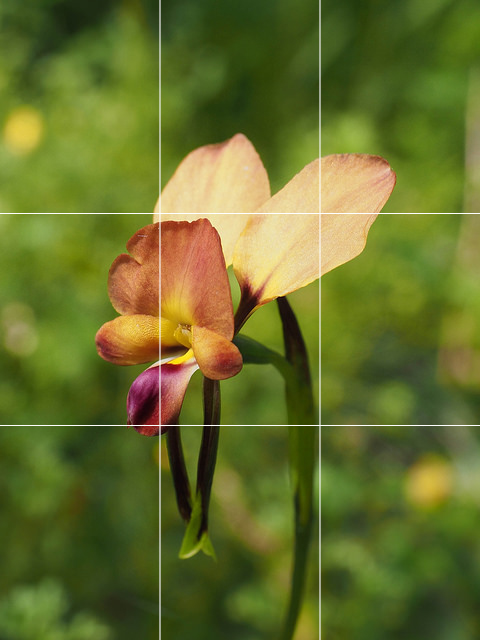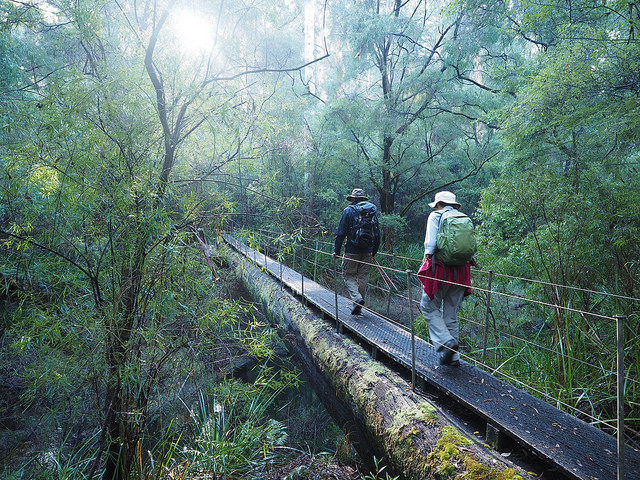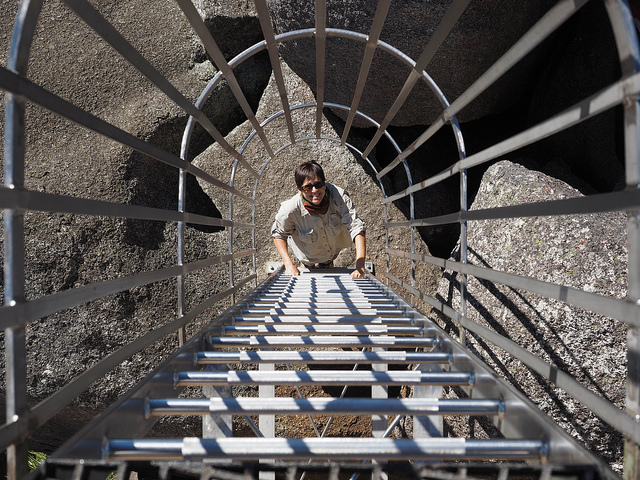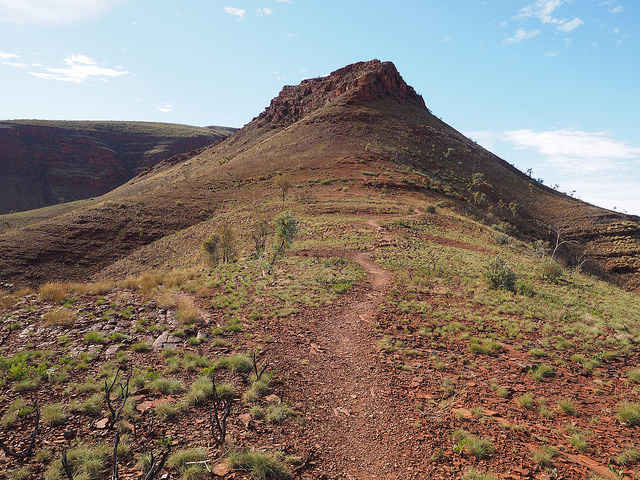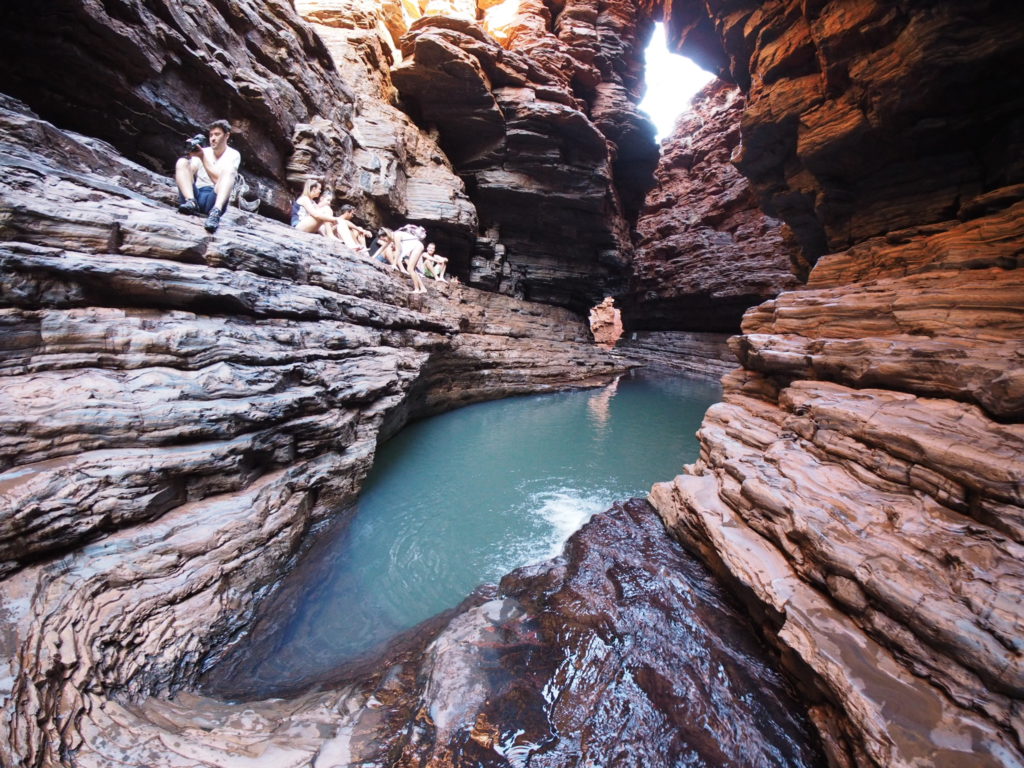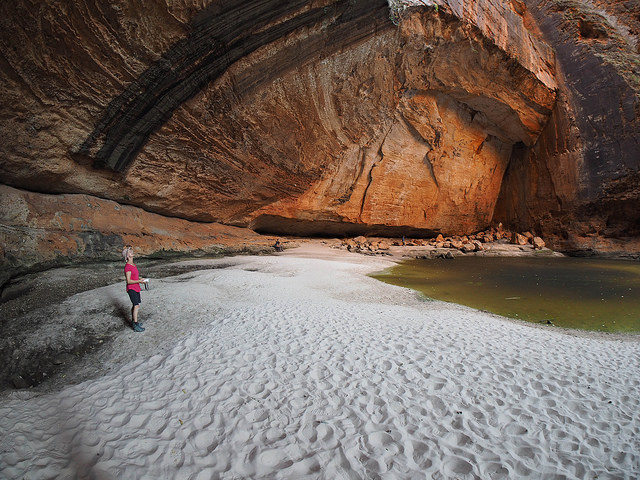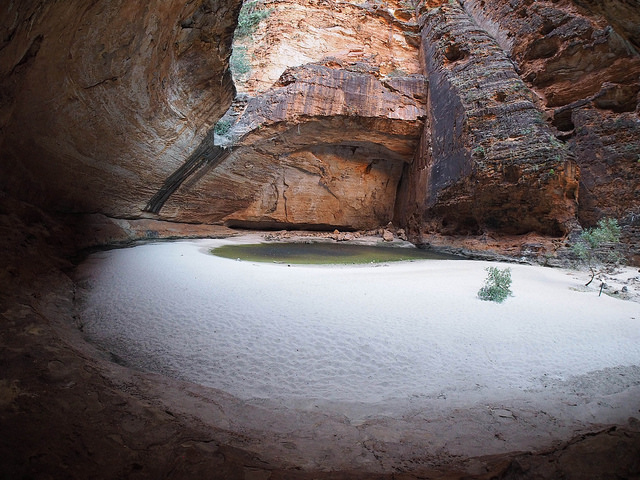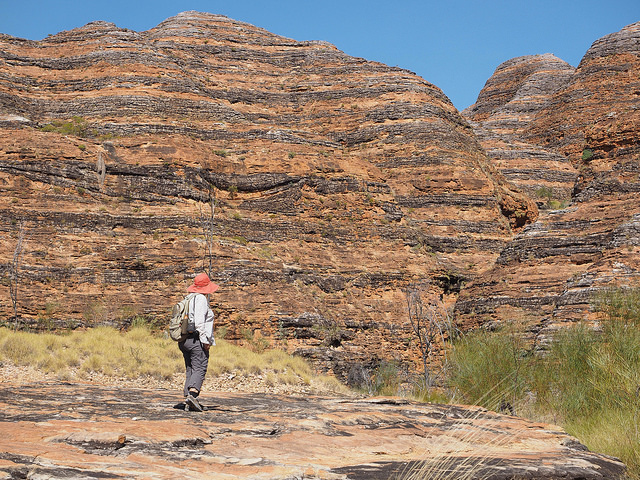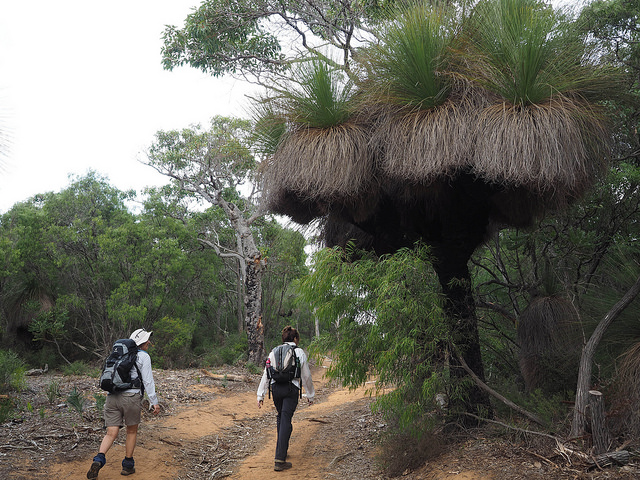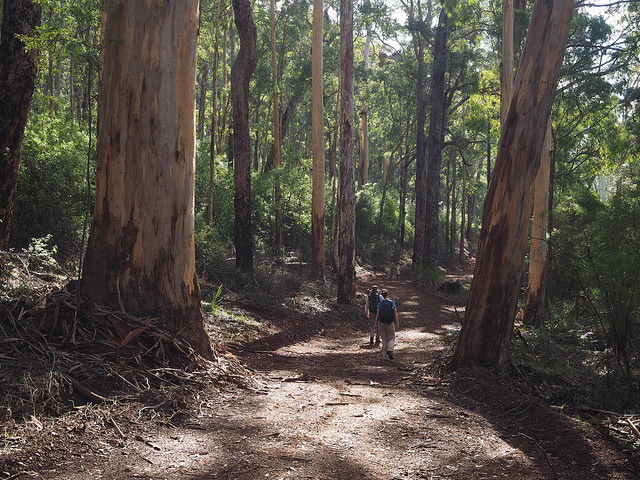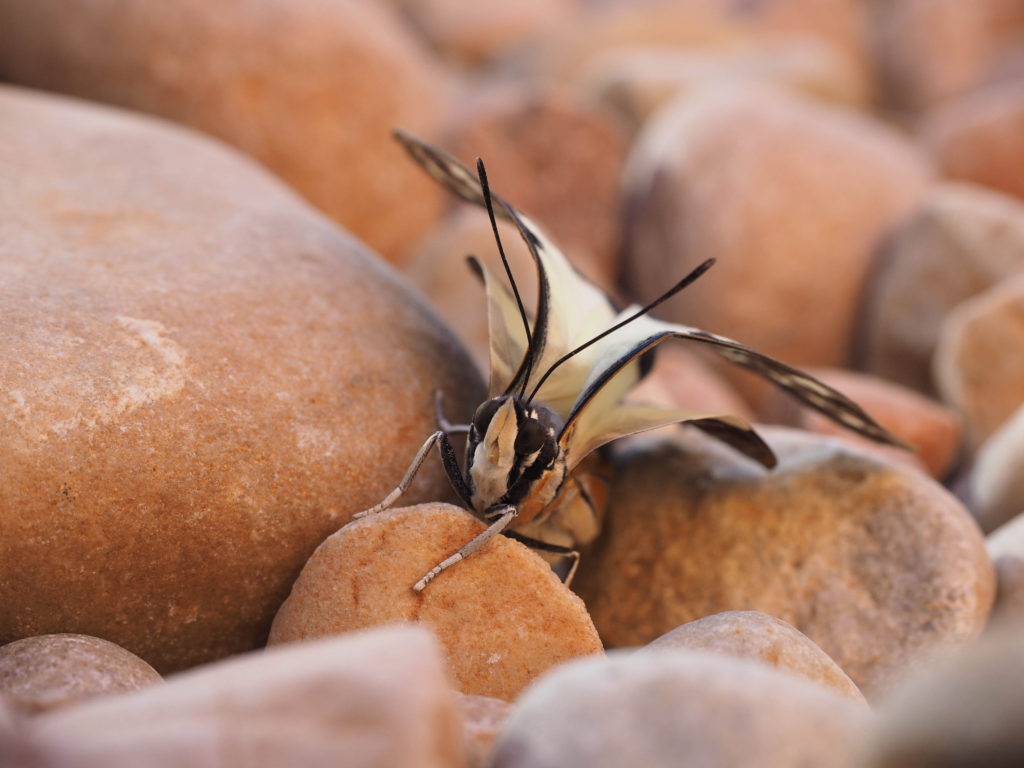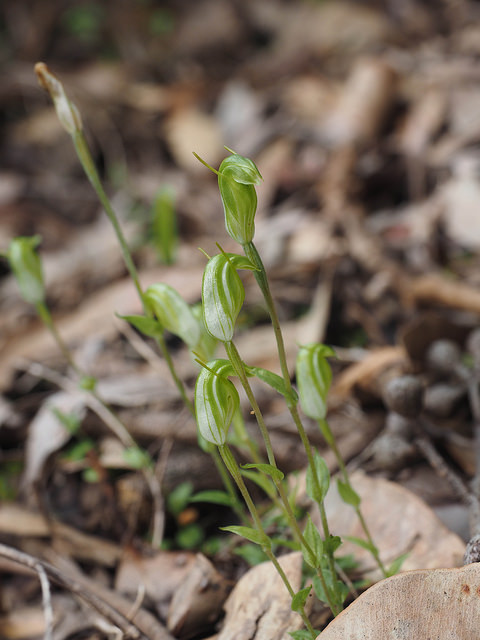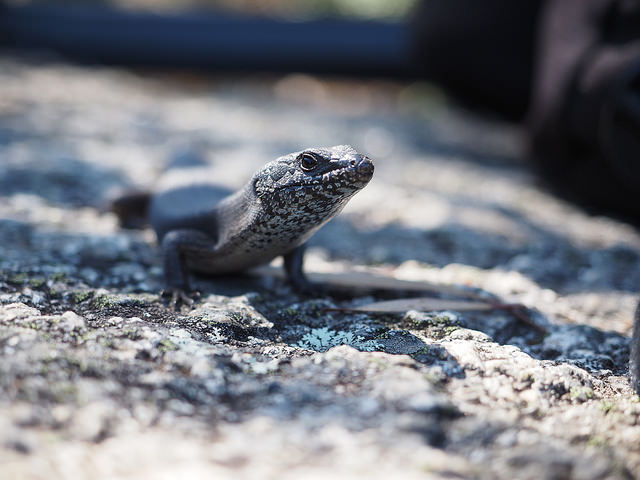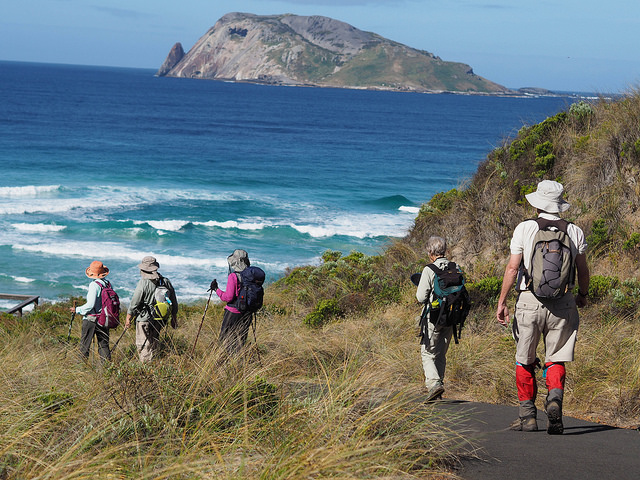Olivia’s Photography Tips – Part 1: Composition
Olivia’s Photography Tips – Part 1: Composition
Posted on
You’ve just had an amazing time walking somewhere in the great outdoors, have returned home with excitement to inspect the hundreds of photos you’ve taken but alas, they just don’t capture how you remember the experience. Sound familiar? A lot of you have already been beautiful subjects for Adam’s camera Olivia, so we decided it was time to let her give you a few tips on how you can capture those moments better so the memories of your walk will linger a little longer.
Composition is everything!
Hi there, this is Olivia! Even though I am the most beautiful camera in the world, you can take amazing photos with whatever camera you have! It’s how you compose your shot that is the most important part of taking a good image. There’s a few rules that I can help you with that will make your photos more interesting.
Make sure there is a focal point
All images need some sort of focal point to them – photographs without them end up looking rather empty and will leave your viewers eye wandering through the image with nowhere to rest (and they’ll generally move on quickly).
Focal points can take many forms and could range from a hut, a striking tree, a rock formation, a person, a silhouette etc.
Here’s an example of some shots of nice scenery where having a focal point results in a better photo.
Think not only about what the focal point is but where you place it. The rule of thirds might be useful here.
Rule of Thirds
The basic principle behind the rule of thirds is to imagine breaking an image down into thirds (both horizontally and vertically) so that you have 9 parts. As follows.
With this grid in mind the ‘rule of thirds’ now identifies four important parts of the image that you should consider placing points of interest in as you frame your image.
Not only this – but it also gives you four ‘lines’ that are also useful positions for elements in your photo.
The theory is that if you place points of interest in the intersections or along the lines that your photo becomes more balanced and will enable a viewer of the image to interact with it more naturally.
We cameras are very smart and we know that when viewing images, people’s eyes usually go to one of the intersection points most naturally rather than the center of the shot – using the rule of thirds works with this natural way of viewing an image rather than working against it.
Here’a few more examples:
Leading Lines
I get excited when I see leading lines when Adam’s composing his shot. These are lines that draw the viewer into the image.
Lines give an image depth, scale and can be a point of interest in and of themselves by creating patterns in your shot.
Perspective
The world we live in is three dimensional. People see in three dimensions, yet as a camera, I can only see in 2 dimensions. In order to create images that add a third dimension, we need to add some perspective or depth.
You can create 2 different kinds of perspective by which lens you choose or how much you zoom in or out on a subject.
Using a wide lens or zooming out as far as you can will create more space in the image and a perspective that things are further away from you and each other.
Using a telephoto lens or zooming in further create a more compressed look and a perspective that things are closer to each other than they really are. This can be really useful to bring a background and foreground closer together to give some scale.
Scale
To give a sense of scale in your image choose two elements with one having a recognisable height or size, i.e. a person. By placing them next to a large object, you get an idea of how large that object is because you know the size of the recognisable person or object. This is great for highlighting the size of trees, rock formations etc.
Change your point of view
Be creative with the angle that you take your image from. We cameras get bored with taking the same old photos from the same old angles so changing your view can make your image much more interesting. If you’re taking pictures of a flower, insect or lizard, get on the ground and be at the same level. We love getting up close and personal to these types of subjects.
Explore the environment and experiment with different view points and you could find something truly unique.
Get those horizons straight
A simple thing that can ruin a beautiful image! When taking landscape shots, especially of the coast, take the time and make sure that horizon is straight! Some of us are that smart that we have horizontal gridlines displayed on the screen to help you with that.
So there you go, a few easy tips that should have you taking better photos, whether you have an expensive camera like me or a simple mobile phone! Next time we’ll talk more about getting to you know your camera, and the different factors we rely on to get the exposure right.
Happy snapping!
Olivia (and Adam)
